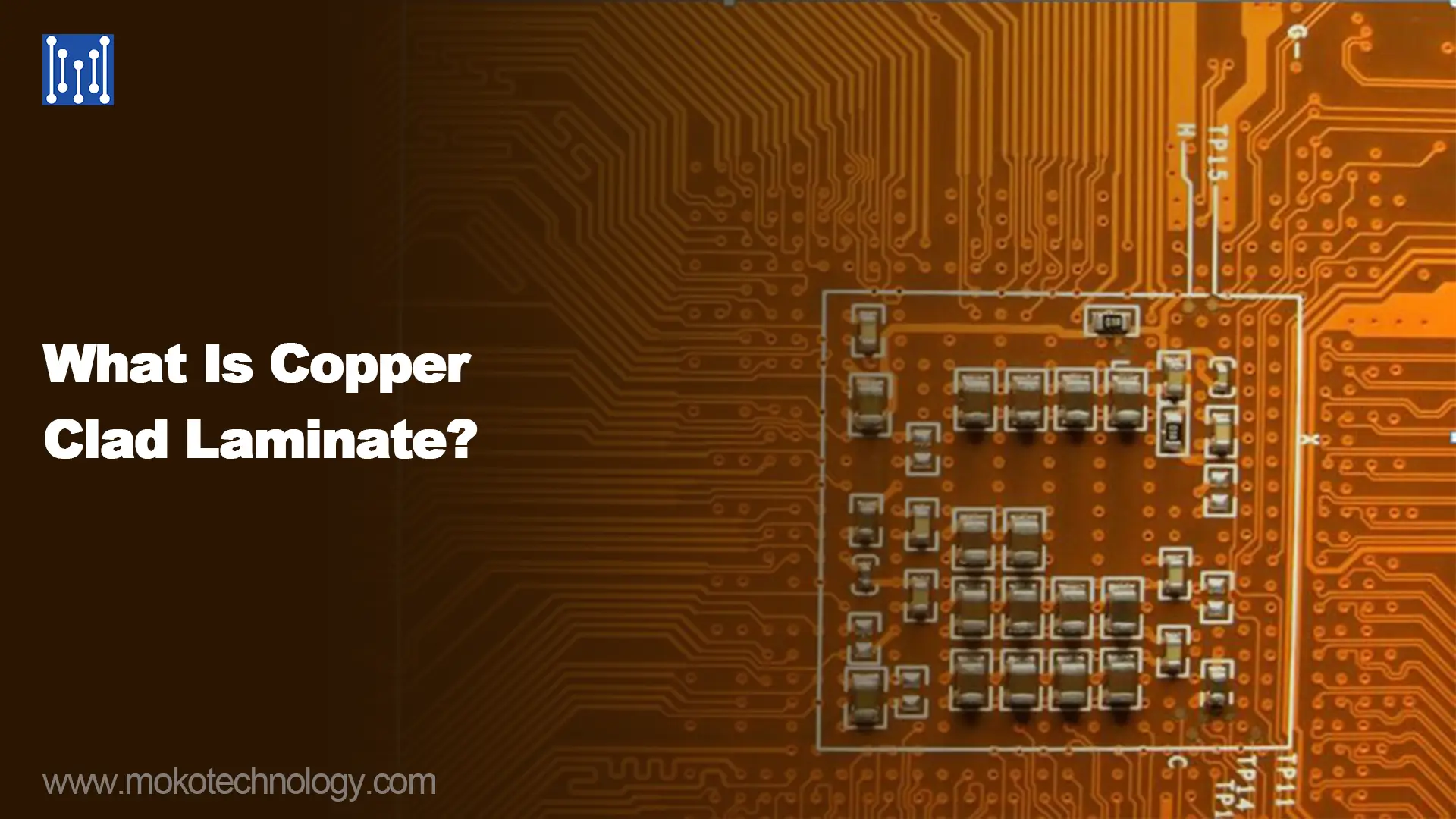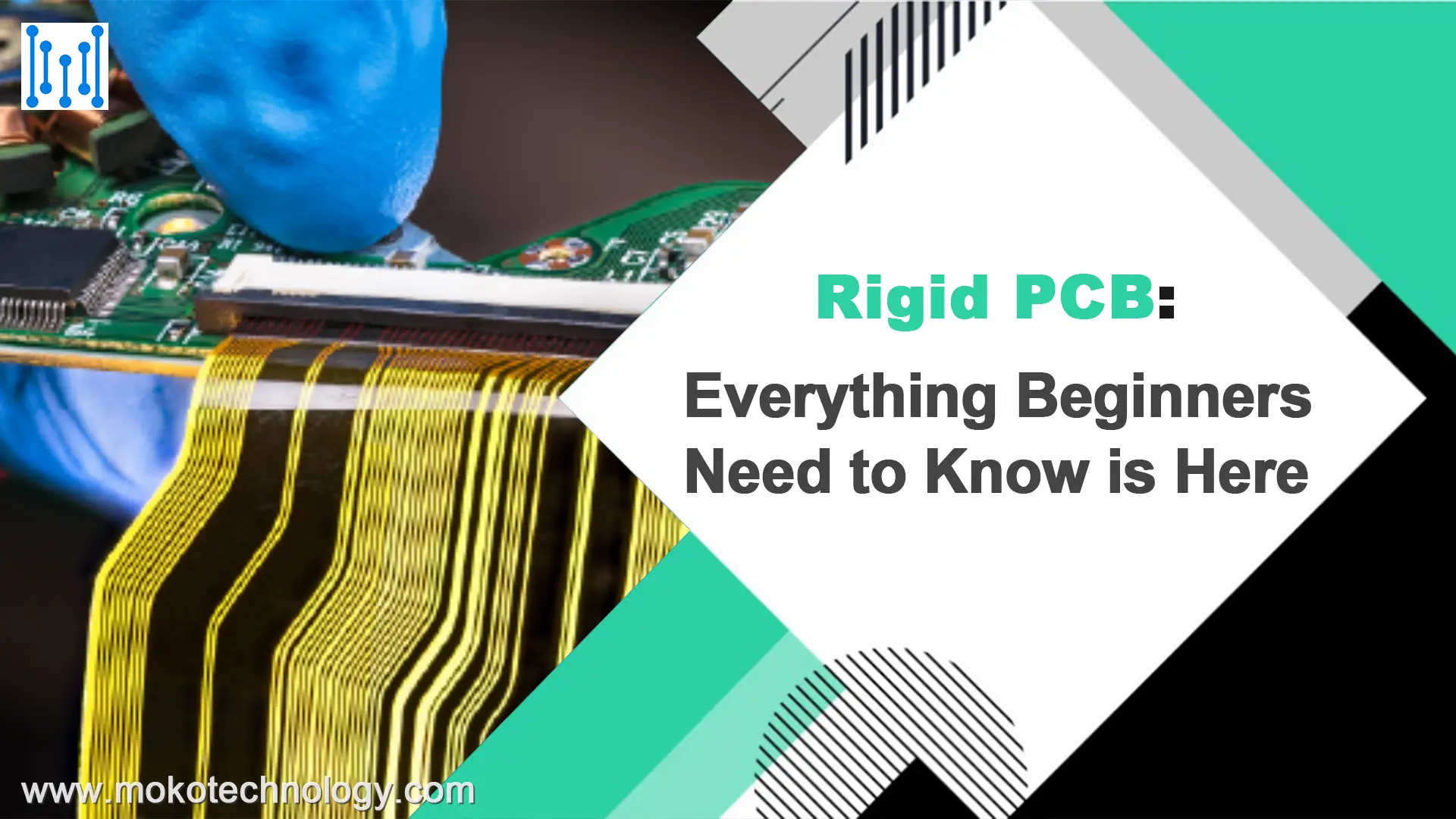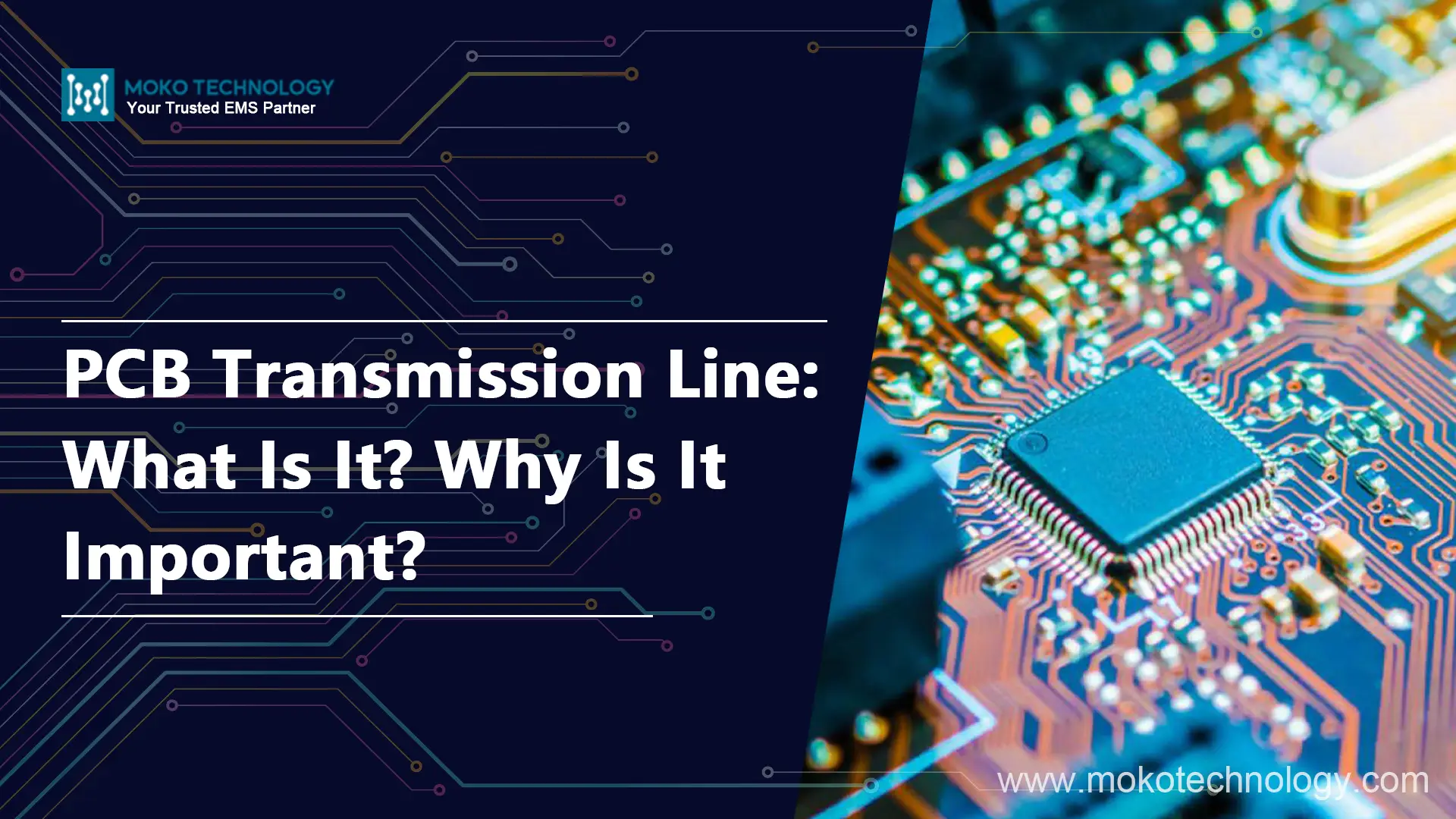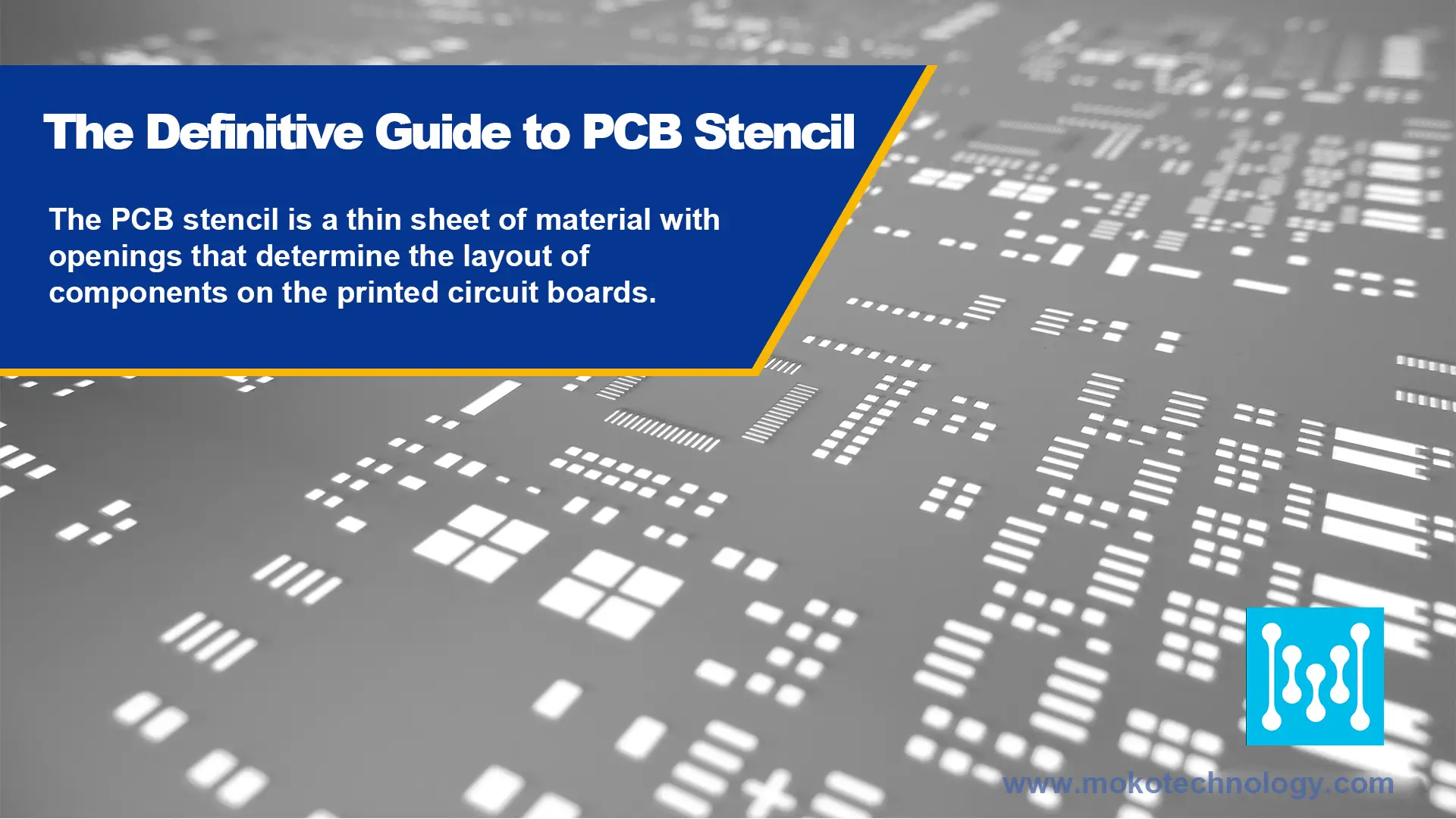Copper Clad Laminate (CCL) is an essential component in the manufacturing process of printed circuit boards (PCBs), which serve as the foundation for the majority of electronic devices we depend on. CCL plays a pivotal role in determining the characteristics and performance of these PCBs. As the demand for electronic products continues to grow, the versatility of copper clad laminates becomes crucial in meeting diverse requirements. This blog is intended to provide readers with a comprehensive understanding of CCLs, including their different types and composition, the basic requirements for a qualified CCL, and more.
What Is Copper Clad Laminate?
Copper clad laminate, commonly referred to as CCL, is a crucial component in the manufacturing of printed circuit boards. It is widely utilized in the production of circuit boards, which serve as the fundamental framework for electronic devices. CCL is a material made by impregnating resin with electronic glass fiber or other reinforcing materials, and it features a layer of copper on one or both sides. Within the PCB manufacturing process, CCLs play a vital role as they provide the structural base for mounting and interconnecting electronic components. The copper layer allows for the formation of conductive traces, pads, and vias, enabling the transmission of electrical signals across the PCB. Additionally, the substrate material of CCL provides mechanical support, insulation, and stability to the overall PCB assembly. Copper Clad Laminate finds application in a wide array of devices, including smartphones, laptops, automotive electronics, and industrial control systems.
Types of the Copper Clad Laminates
Copper clad laminates (CCLs) are available in a variety of types classified according to different standards. Here are some common types:
- According to mechanical rigidity, they can be divided into two types: rigid CCL and flex CCL.
- According to insulation material and structures,they canbe categorized as organic resin CCL, metal-base CCL, ceramic-base CCL, etc.
- According to reinforcing material types, they can be classified as glass fiber cloth base CCL, paper base CCL, and compound CCL.
- According to applied insulation resin, they can be classified as epoxy resin CCL and Phenolic CCL.
Here, we introduce some common types of them in detail:
Rigid Copper Clad Laminates(RCCL): It refers to a kind of Copper Clad Laminate employed in the production of rigid PCBs. It involves bonding a copper foil layer to a rigid substrate material like fiberglass-enhanced epoxy resin or phenolic resin. The heightened rigidity and steadiness of RCCL additionally establish its suitability for employment in circuits characterized by high density, rapid signal transmission, and elevated frequencies. These attributes of enhanced mechanical strength, rigidity, and stability contribute to the widespread popularity of this material.
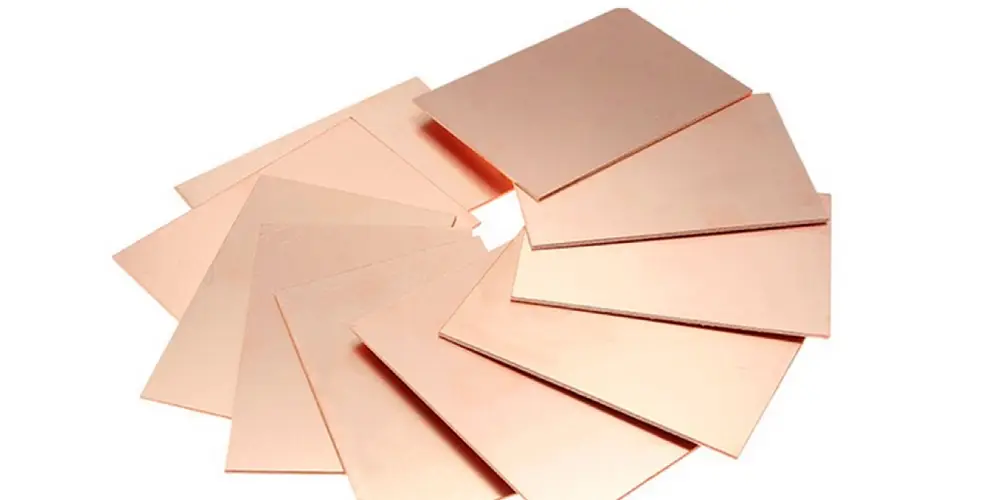
Flexible Copper Clad Laminates(FCCL): FCCL is a variation of Copper Clad Laminate utilized in the fabrication of flexible circuit boards. It entails the lamination of a copper foil layer onto a flexible substrate material like polyimide or polyester film. FCCL is flexible and adaptable, making it ideal for applications requiring bent or curved PCBs
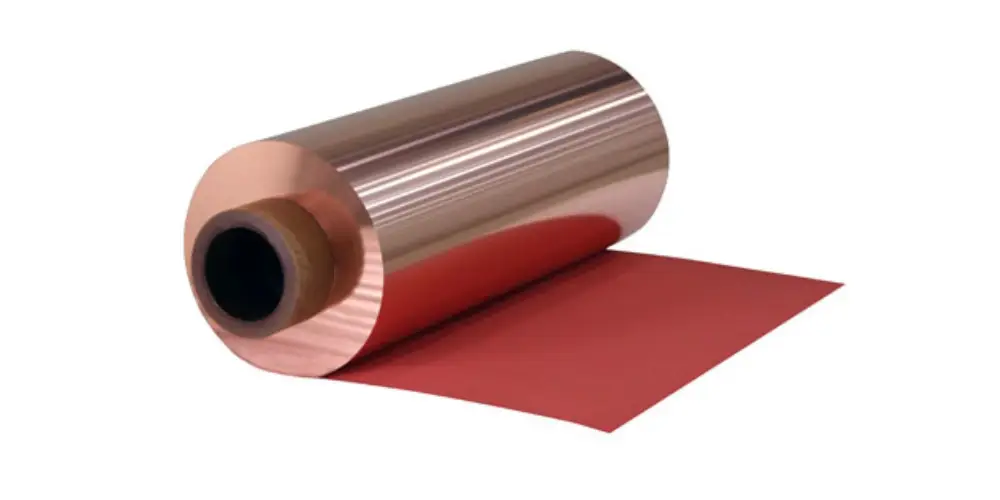
FR-4: FR-4, the most extensively employed Copper Clad Laminate variant, comprises a woven fiberglass base infused with a flame-retardant epoxy resin. Renowned for its exceptional electrical insulation capabilities, robust mechanical strength, and remarkable thermal resistance, FR-4 finds suitability across a diverse array of applications, encompassing consumer electronics, telecommunications, and automotive electronics.
CEM-1 and CEM-3: CEM-1 (Composite Epoxy Material-1) and CEM-3 (Composite Epoxy Material-3) share similarities with FR-4, but they utilize a non-woven fiberglass substrate as opposed to a woven one. CEM-1 is commonly employed for single-sided PCBs, whereas CEM-3 is well-suited for double-sided and multilayer PCBs. These laminates exhibit commendable mechanical strength and maintain dimensional stability.
Composition of Copper Clad Laminate
- Prepreg
A prepreg refers to fiberglass that has been infused with resin. Before using, the resin must be dried, but not completely hardened, in order to facilitate flow and complete immersion upon heating. Generally, prepregs are reinforced with fiberglass and fortified by a subsequent adhesive, similar to the FR4 material discussed earlier in this article.
Distinct manufacturers may stipulate varying requirements concerning thickness and particular kinds of prepreg. Additionally, there exist versions known as “SR” (Standard Resin), “HR” (High Resin), and “MR” (Medium Resin), which are distinguished by their resin content. The optimal material choice is determined by the wanted final layer of structure, thickness, and impedance.
- Copper Foil
Copper foil serves as an electrolytic cathode and is applied as a uniform layer on the base of a printed circuit board. It readily adheres to an insulating layer, allowing the formation of a protective printed layer to safeguard the board against corrosion.
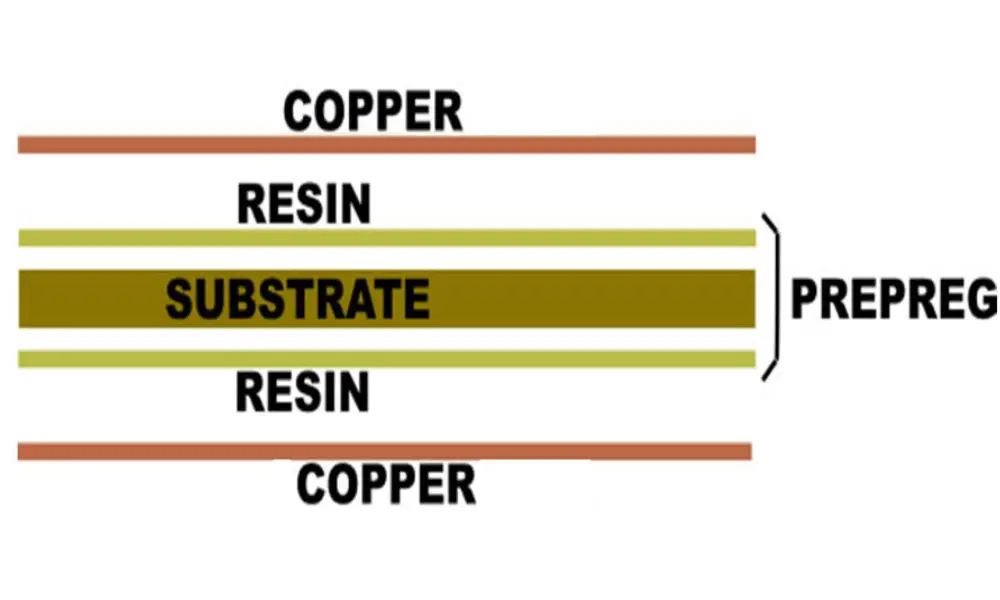
The Basic Requirements for Copper Clad Laminates
Before finalizing your choice of a copper clad laminate, it is essential to ensure that it fulfills several fundamental prerequisites, including factors related to its appearance, chemical composition, and physical characteristics. Below are the basic requirements for qualified copper clad laminates:
-
Dimensional Accuracy
The copper clad laminate, serving as the foundation material for a PCB, must adhere to precise size requirements according to the desired end design. Various parameters, such as width, length, diagonal deviation, and warpage, are carefully considered. And meeting these size requirements precisely can ensure the successful application of CCL.
-
Appearance
During the manufacturing process of copper foil, various unforeseen elements can cause a multitude of issues. These problems may include scuffs, dents, resin points, bubbles, wrinkles, and other defects. The presence of any such issues significantly diminishes the performance of the copper-clad laminate and adversely affects the quality of the printed board it is used for.
-
Electric Performance
The electrical performance must be meticulously designed as it is a crucial aspect. There are several stringent requirements to consider, such as the dielectric loss tangent, dielectric constant (DK), surface resistivity, insulation resistance, volume resistance, electric strength, and so on.
-
Environmental Performance
It is imperative to verify that the copper clad laminate meets essential criteria, such as water absorption and anti-corrosion properties. Failure to do so could result in significant performance issues during the production process.
-
Chemical Performance
Ensuring the chemical performance of a copper-clad laminate is of utmost importance, as it must satisfy stringent criteria related to flammability, Tg (glass transition temperature), resistance to chemical agents, Z-axis coefficient of thermal expansion (Z-CTE), and dimensional stability. Meeting these requirements is essential for its reliable and optimal functioning.
-
Physical Performance
Various requirements pertain to the physical performance of the copper clad laminate, encompassing factors such as Peel Strength, size stability, resistance to bending, thermal resistance, and punching quality.
MOKO Technology Uses High-quality CCL to Fabricate PCBs
To guarantee the quality and performance of printed circuit boards, it is of utmost importance to prioritize the selection of a reliable PCB supplier that maintains stringent quality control over the copper clad laminate (CCL) used. As a leading PCB and PCB assembly manufacturer in China, MOKO Technology has nearly 20 years of experience in this field. We choose the best CCL to manufacture premium circuit boards and perform stringent quality control to ensure that the products we delivered are of high quality. In addition, we also provide PCB design, component procurement, box build assembly, and other services. If you want to know more details about our services, please contact us.
